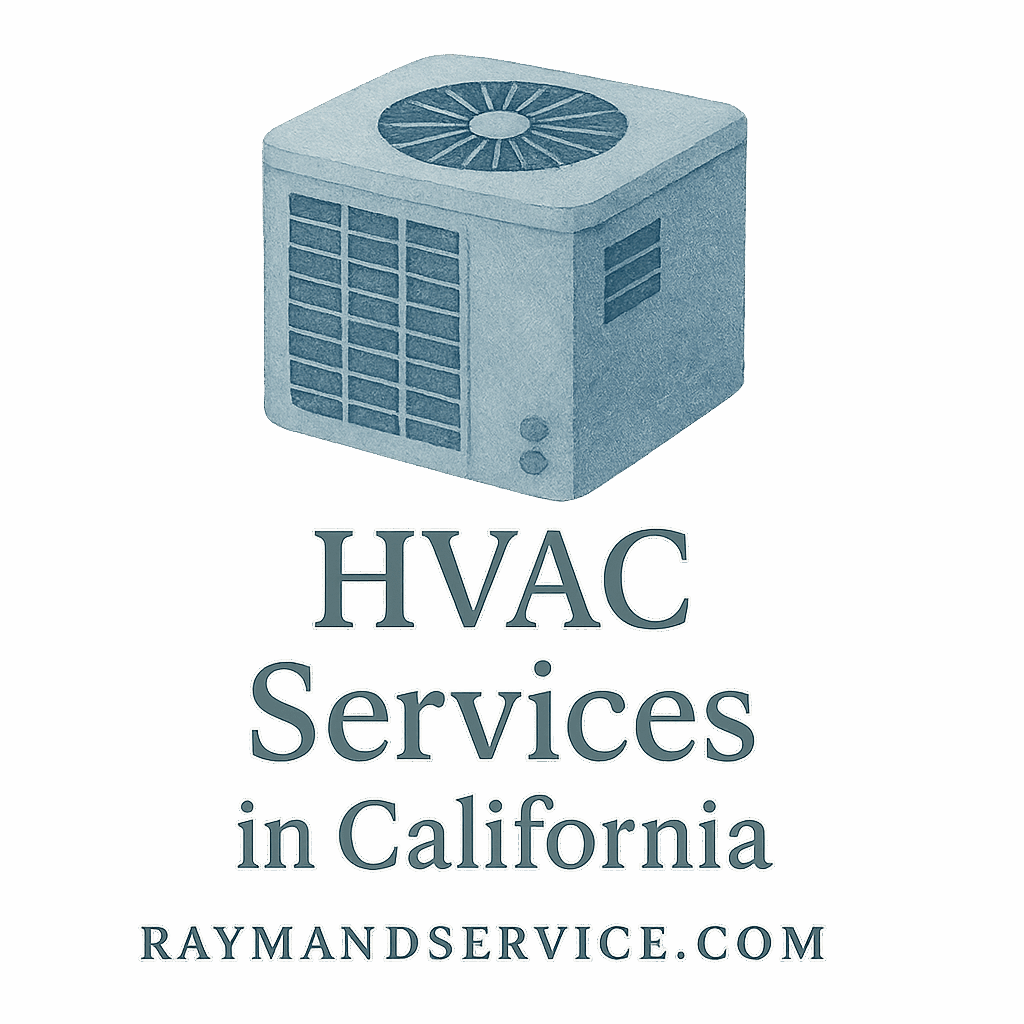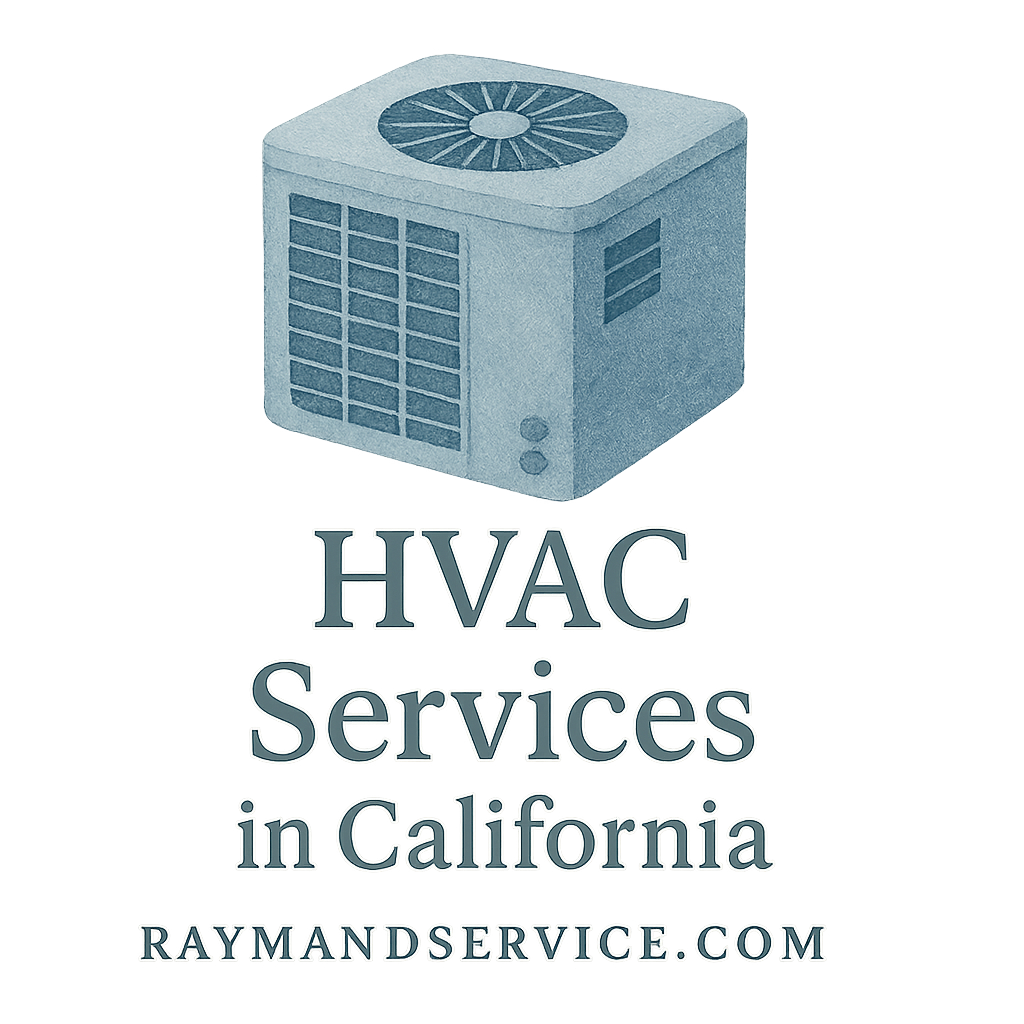Introduction
Ever walked into a room that feels like a sauna while another feels like a freezer? That’s poor airflow efficiency in action—and it’s a clear sign your HVAC system might need some TLC.
Airflow efficiency isn’t just about comfort; it impacts your utility bills, your indoor air quality, and even the lifespan of your HVAC system. The good news? With the right HVAC services, you can dramatically improve how air flows through your home or business. Whether you’re dealing with uneven temperatures, skyrocketing energy bills, or a system that’s just not performing like it used to, these nine services will help get your airflow back on track.
Let’s dive in.
1. HVAC Inspection and Assessment
Understanding the Current System
Before anything gets fixed, a professional HVAC inspection is the foundation. Technicians examine your system’s components—from the air handler to the ductwork—to evaluate efficiency and performance.
Pinpointing Airflow Blockages
Inspections often uncover airflow obstructions caused by debris, collapsed ducts, or even poor system design. Addressing these early can prevent long-term issues and improve airflow dramatically. Learn more about airflow solutions and problems.
2. Duct Cleaning Services
Why Dirty Ducts Hurt Efficiency
Over time, your ducts accumulate dust, pollen, pet dander, and even mold. This gunk restricts airflow, making your system work overtime and reducing efficiency.
Benefits of Routine Duct Cleaning
Regular duct cleaning is an underrated hero in improving airflow. Not only does it enhance efficiency, but it also boosts indoor air quality and lowers the strain on your HVAC unit. Explore residential HVAC services that include thorough duct maintenance.
3. Air Filter Replacement and Upgrades
MERV Ratings and What They Mean
Your air filter is like the gatekeeper of your HVAC system. MERV (Minimum Efficiency Reporting Value) ratings tell you how well a filter traps particles. Higher ratings offer better filtration but might restrict airflow if not matched with your system.
How Often Should You Replace Filters?
For most homes, replacing air filters every 1–3 months keeps air moving efficiently. For homes with pets or allergies, it’s best to replace them monthly. This simple maintenance step can make a surprising difference in performance.

4. HVAC System Balancing
What Is Air Balancing?
Air balancing involves adjusting the amount of air each room receives through dampers and vents. If some rooms are too hot and others too cold, your system needs balancing.
Tools and Techniques Professionals Use
Technicians use tools like anemometers and manometers to measure airflow and make adjustments. This service greatly improves comfort and airflow across all zones.
5. Smart Thermostat Installation
Optimizing HVAC Use Through Smart Technology
A smart thermostat isn’t just trendy—it’s intelligent. These devices learn your preferences, schedule HVAC use accordingly, and help distribute air more evenly.
Energy Efficiency Meets Convenience
Smart thermostats optimize airflow by reducing unnecessary system runs. It’s a must-have for anyone looking to increase comfort and lower bills. Explore energy-saving upgrades for your home or office.
6. HVAC Maintenance and Troubleshooting
Seasonal Maintenance and Its Role
Routine check-ups are vital. During a seasonal tune-up, technicians clean components, check fluid levels, and test controls—all of which help your system run smoother. Seasonal HVAC services in CA are especially important given the temperature swings.
Spotting Early Warning Signs
A noisy blower motor or weak airflow can be early warnings. Troubleshooting services help detect and resolve minor issues before they spiral.
7. Duct Sealing and Insulation
Sealing Leaks for Better Air Pressure
Leaks in your ductwork let out conditioned air and suck in dust. Sealing those leaks restores proper pressure and boosts airflow to where it’s needed most.
Insulating for Year-Round Performance
Proper insulation keeps your HVAC system efficient in both summer and winter. This helps reduce energy loss and maintain balanced airflow. Dive into eco-friendly solutions that support sustainable living.
8. Zoning Systems for Targeted Airflow
Why Zoned Systems Improve Comfort
Imagine adjusting the temperature in each room independently—that’s zoning. It lets you control airflow to specific areas, which is great for multi-level homes or commercial buildings.
Energy Savings by Room and Zone
Zoned HVAC systems minimize energy waste by only heating or cooling rooms in use. Check out commercial HVAC services if you’re managing larger properties.
9. Equipment Upgrades and Replacements
When It’s Time for a New HVAC System
Sometimes the best solution is replacing outdated equipment. Older units struggle with airflow and consume far more energy than modern alternatives.
Choosing Energy-Efficient Models
Upgrading to ENERGY STAR-rated systems ensures you get better airflow and energy performance. Plus, it aligns with long-term green and sustainability goals.
Explore both residential and commercial HVAC solutions to find the right fit.
Conclusion
Improving your HVAC system’s airflow efficiency isn’t a luxury—it’s a necessity. Whether you’re dealing with hot spots, high energy bills, or just want better comfort, these 9 services offer practical, powerful improvements.
A well-maintained, efficiently running HVAC system means better air quality, lower costs, and a more comfortable space. And remember, airflow issues don’t fix themselves—being proactive is key.
For expert help with everything from duct cleaning to zoning installations, don’t hesitate to reach out to the pros at Raymand HVAC Services. They’ve got your airflow—and your comfort—covered.
FAQs
1. How can I tell if my airflow efficiency is low?
Uneven temperatures, weak airflow from vents, high energy bills, and noisy systems are all signs your HVAC airflow needs attention.
2. How often should I get my ducts cleaned?
It’s recommended every 3–5 years, or more frequently if you have pets, allergies, or notice visible dust buildup.
3. What is the best air filter for airflow efficiency?
Look for filters with a MERV rating of 8–13 for a good balance of airflow and filtration.
4. Can I improve airflow without replacing my HVAC system?
Yes! Services like duct cleaning, air balancing, and filter upgrades can significantly improve performance.
5. Do smart thermostats really help with airflow?
Absolutely. They optimize heating and cooling cycles, helping distribute air more evenly across your space.
6. What’s the cost of an HVAC system balance?
It varies, but most homes can expect to pay between $300–$800 depending on system complexity.
7. Where can I get professional help for my HVAC airflow problems?
Raymand Service offers comprehensive, expert-level HVAC solutions across California—residential and commercial alike.


